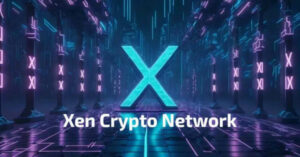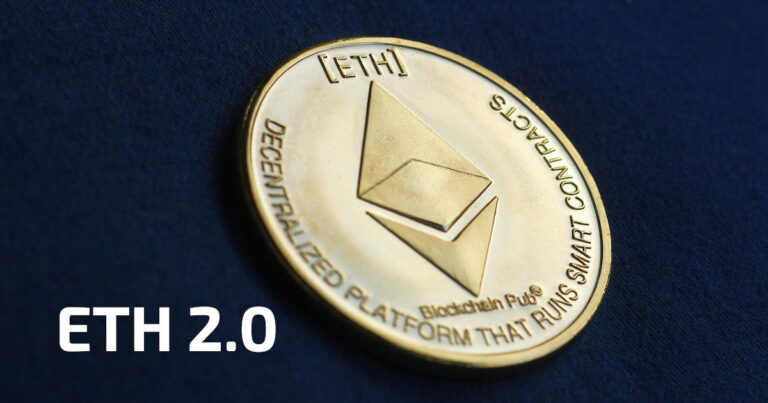
Are you curious about cryptocurrency, smart contracts, or distributed ledgers? If you are, you’ve probably come across Ethereum. But have you heard about Ethereum 2.0?
Yes, you read that right – the well-known Ethereum blockchain network is getting an upgrade. However, it’s a bit complex to explain in just a few words, which is why we’ve put together this article.
In this article, we’ll explain what ETH2 is and how something called “proof of stake” will be beneficial. We’ll also highlight what makes ETH2 an improvement.
Before you dive in, you might want to learn more about blockchain technology or what exactly a blockchain is. If you’ve got the basics down, you’re good to go.
So, whenever you’re ready to explore the future, keep reading.
- 1. ETHEREUM 2.0 – The ENTERPRISE SOLUTION
- 2. What is Ethereum 2.0?
- 3. Proof-of-Stake vs. Proof-of-Work
- 4. How will ETH2 Scale Better than ETH?
- 5. Who created ETH2?
- 6. ETH2 – Ethereum Serenity Release Date & Roadmap
- 7. ETHEREUM 2.0 PRICE EFFECT
- 8. Phase 2: Sharding
- 9. ETHEREUM 2.0 STAKING
- 10. Ethereum 2.0 Mining
- 11. September 2023 Crypto Market Forecast
- 12. Conclusion
- 13. FAQ
ETHEREUM 2.0 – The ENTERPRISE SOLUTION
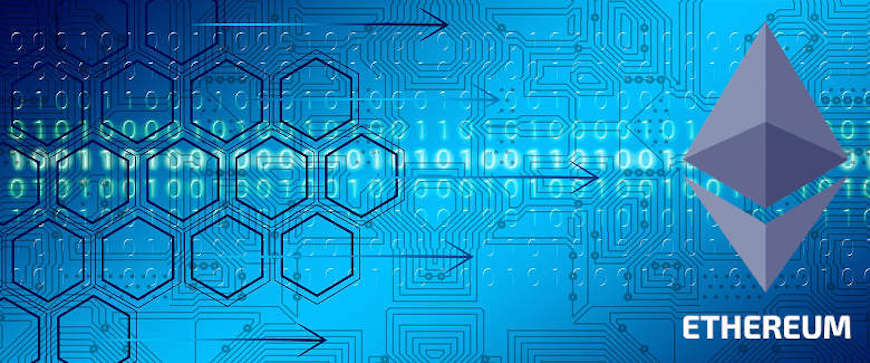
Excitement is buzzing in the community, especially among those interested in ETH. It is making a big change by moving to a new way of making decisions.
Many business leaders may not fully understand how important Ethereum 2.0 is, so we’re here to explain why it’s a great opportunity for big companies.
The ETH2 network is going through some changes, which is like an upgrade to make things work better on the mainnet. If you own Ether (ETH), you’re probably curious about this. It’s time to explore Ethereum 2.0 as a chance for big businesses in London to grow. Let’s go through the terminology step by step.
Ether (ETH) has been going through a tough time in the world of cryptocurrencies. It lost almost 17% last month, which is similar to the 16% loss that Bitcoin (BTC), the most popular cryptocurrency, experienced. So far this year, ETH has gone down by about 58%.

Unlock the Code: Master Blockchain Programming!
Dive into the world of decentralized technology with our comprehensive online programming courses. Learn at your own pace and get:
Access – to expert instructors.
Interactive – coding exercises.
Vibrant – community of like-minded learners.
Certified – receive your recognized diploma.
ENROLL TODAY AND TRANSFORM YOUR FUTURE!What Exactly is Ethereum in Simple Terms?
Ethereum is a public and open-source blockchain platform. It introduces something called smart contracts, which are like digital agreements created by developers to do things automatically. Anyone can make their own smart contracts on this blockchain by paying a small fee. One of the great things about it is that it can change and improve as new ideas come up from research and development.
Ethereum is a bit different from Bitcoin, even though they both use something called Distributed Ledger Technology. In 2013, a person named Vitalik Buterin came up with the idea for Ethereum. Unlike Bitcoin, which is like a calculator app on your phone, Ethereum is more like the entire phone itself. You can add different apps to it for all sorts of purposes.
With Ethereum, people can create decentralized apps on the blockchain. These apps are changing how the internet works. Now, you can use your computer’s power to earn money, access content, and even make money from it. But that’s not all there is to it.
Bitcoin (BTC) was the first version of blockchain, and Ethereum (ETH) is the second, often called Blockchain 2.0.
But ETH is getting an upgrade. Let’s explore what Ethereum 2.0 is all about.
What is Ethereum 2.0?
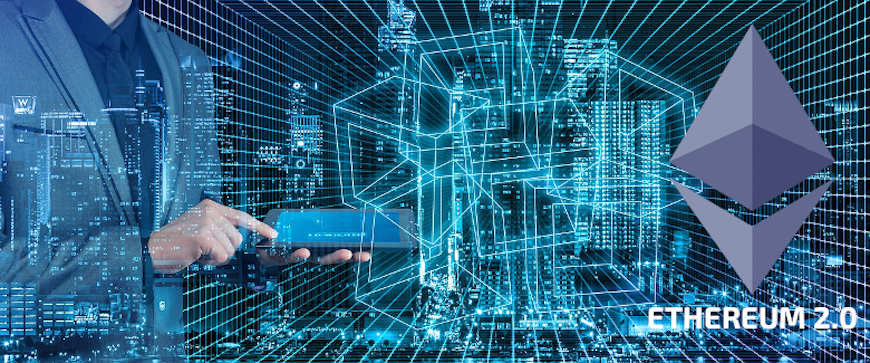
Before continuing to read about Ethereum 2.0, you might consider understanding in general, what is Ethereum. However, ETH2 also known as Serenity, is an important update to fix some problems it was facing. Imagine it as an upgrade that makes it better in several ways. It helps to reduce congestion, allows more transactions, works faster, and gets rid of those extra fees that people have to pay when using this blockchain, especially for small transactions. Sometimes these fees were so high that people had to pay more than what they were sending! With the upgrade to ETH2, the network aims to enhance its speed, efficiency, and scalability to avoid bottlenecks and process more transactions simultaneously.
Before, people used to call it “ETH2” to talk about the future of Ether, but they started using more precise terms instead. When this update is finished, it will become even better for things like decentralized finance and applications, making it more open and transparent.
One big change with ETH2 is something called “sharding,” which helps the network work better and makes it cheaper to use for sending tokens or doing things with smart contracts. This change will also have a big impact economically.
ETH2 is the newest and most important update for the network. It adds a new layer that handles smart contracts and rules separately from the main part of the network. This makes everything work better and more efficiently.
This update will also let people become staking nodes and earn money by helping the network. It’s the result of many years of work from people all over the world, and it’s being done in three phases, starting with Phase 0, and ending with the Ethereum Serenity release date.
In the past, some people didn’t like this blockchain because it had problems when lots of people were using it at the same time, and the fees were too high. By fixing all these issues, every Ethereum price prediction will jump up high.
Shanghai (Shapella) Upgrade – The Merge to PoS
The Ethereum 2.0 upgrade, also known as Shanghai (Shapella), is going to make big changes to how we use blockchain technology. This network upgrade will bring many new features and improvements to the platform, like making transactions faster, making it more secure, and allowing it to handle more things at once. The Shanghai (Shapella) upgrade, which took place at 22:27 UTC on 12th April 2023, is all about ensuring that the network can handle transactions better and prepare for the future.
They’re making lots of changes to the network, like adding a new layer to make it work better. With this upgrade, ETH2 is going to be one of the coolest blockchain platforms in the world.

Unlock Your Business Potential with Certified Blockchain Consulting!
Dive into the future of technology with our team of certified blockchain experts. Simply pick the service you need:
Personalized Advice – tailored to your business needs.
Comprehensive Training – for you and your team.
Development Services – innovative solutions from the whitepaper to the finished blockchain.
Programming – with capabilities and tools to succeed.
TALK TO THE EXPERTS TODAYProof-of-Stake vs. Proof-of-Work
ETH2 is a significant upgrade to its blockchain. It changes how the network confirms transactions and creates new blocks. Before this upgrade, this blockchain used a system called ‘proof-of-work,’ which required miners to compete in solving complex math problems. This process used a lot of energy and made it hard for the network to grow. In December 2020, Ethereum began running on two parallel blockchains, a legacy one that operates using proof of work (Ethereum Mainnet) and a new chain for proof of stake (Beacon Chain). The merge combined Mainnet and Beacon Chain into one unified blockchain operating on a proof of stake protocol.
With ETH2, they’re switching to ‘proof-of-stake.’ Instead of miners, validators participate by staking their cryptocurrency as collateral. This new approach reduces energy use and makes the network more efficient and secure. In summary, ETH is an upgrade that makes it better and more eco-friendly.
Proof of Stake Explained
Blockchains, like Ethereum, use a special way to make sure that transactions are checked fairly without relying on one central authority. They do this by using a method called “proof of work” (PoW).
In PoW, there are people called “miners” who use powerful computers to solve tricky math problems. When they solve these problems, they get to add a new transaction to the list that everyone can see. As a reward for their hard work, they receive some cryptocurrency, like ETH. However, this process uses a lot of energy, which is not very good for the environment.
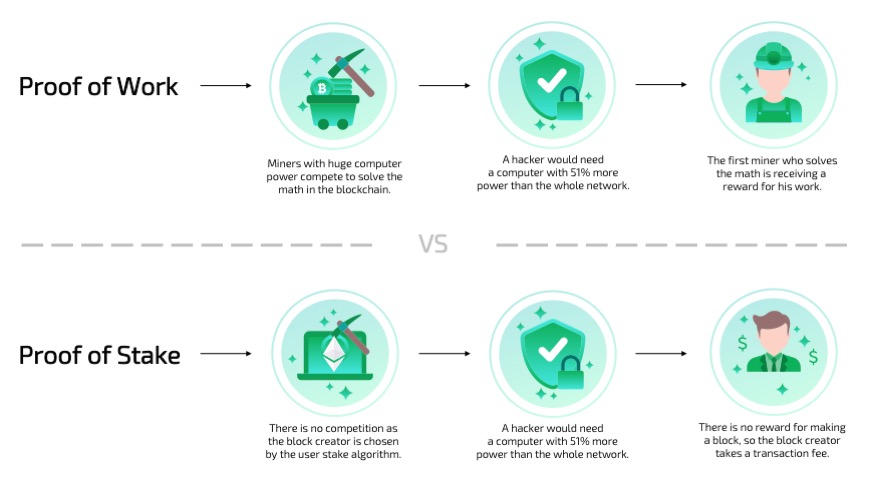
Now, there’s another method called “proof of stake” (PoS). Instead of miners, there are special people called “validators“. These validators are chosen to create a new block based on how much cryptocurrency they already have and how long they’ve had it.
Other people can confirm that they saw this new block, and when enough people agree, the block gets added to the chain. Validators get a reward for doing this, which is called “minting” or “forging“.
The great thing about PoS is that it’s more efficient than PoW. This means it doesn’t need a lot of energy to keep the blockchain secure, which is better for the environment.
How will ETH2 Scale Better than ETH?
One of the main reasons for the ETH2 update is to make the network better at handling lots of transactions, including network congestion. Right now, the network can only manage about 30 transactions every second. This can lead to traffic jams and delays on the network, making it harder for people to use it. To understand why ETH2 is important, let’s take a look at how Ethereum works.
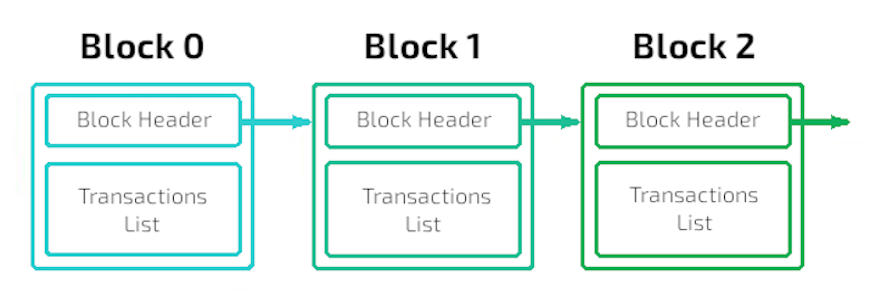
In the old stage, all transactions were processed on a single chain of data blocks, like building blocks stacked on top of each other.
But with ETH2, things are changing. The Beacon Chain plays a vital role in ETH2. It helps the network reach an agreement and prepares for a new way of securing the network called Proof-of-Stake. This Beacon chain is necessary to generate the randomness that actual proof of stake uses and acts as the consensus layer. This is an important step before we can introduce something called sharding, which will help handle even more transactions. To do that, ETH2 will add 64 new chains called shard chains. These shard chains will split up the work, so transactions can happen on many chains at once instead of just one.
This change, known as Ethereum Improvement Proposal 1559 (EIP-1559), will make it much faster, and it’s a big deal for the future of the network. The first part of ETH2 started on December 1, 2020, and it promises to handle more than 100,000 transactions every second. That’s a huge improvement from the old system, which was slow and inefficient. EIP-1559, deployed in August 2021 with the London hard fork, changed how transaction fees work on the network. Users who make a transaction on the network now pay a base fee that’s burned instead of going to Ether miners, reducing the supply of ETH and placing deflationary pressure on the network.
So, instead of one chain, ETH2 will have 64 shard chains, all working together with the Beacon Chain. It’s a pretty amazing upgrade, isn’t it? This new way of using blockchain technology will open up exciting possibilities for creating smart contracts and more. Don’t miss out on the potential of ETH2!
Who created ETH2?
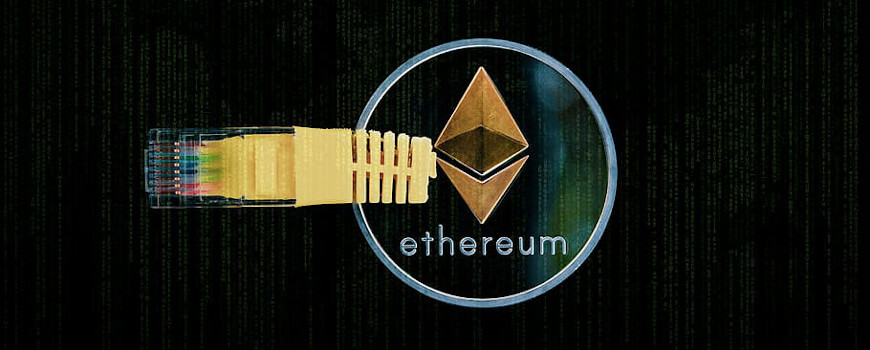
ETH2 was made by various companies and groups of engineers. This makes using ETH2 even more appealing. Nine different teams, supported by the Ethereum Foundation, are not only building the new network but also creating new applications known as “clients“. These “clients” are similar to web browsers. Instead of visiting websites, you’re connecting to the Ethereum 2.0 network.
These teams are working diligently to create different clients. This means that if one client has a problem or a bug, the network won’t stop working because there are others to keep it running. Additionally, each client is designed for specific purposes in various areas. For instance, client A is focused on making dApps, which are applications for smartphones. On the other hand, client B is designed for building business applications.
We want to take this opportunity to express our gratitude to the development teams that brought ETH2 to life:
- PegaSys – A global development team backed from ConsenSys, the largest driver behind the ecosystem
- Parity – A company based in Germany, who was also in charge of the Parity client in ETH1
- ChainSafe – This Canadian company is building the Lodestar client as well
- Nethermind – The team behind a .NET Windows client for ETH2
- Sigma Prime – Their cybersecurity experts building the Lighthouse client for mainstream use cases
- Trinity – A team of contractors working on a prototype client
- Prysmatic Labs – This team is based in the US and launching the Prysm client which will be similar to Geth
- Status – A European team, working on the Nimbus client for dApps on smartphones
- Harmony – Their Russian team is building a Java client for ETH2
ETH2 – Ethereum Serenity Release Date & Roadmap
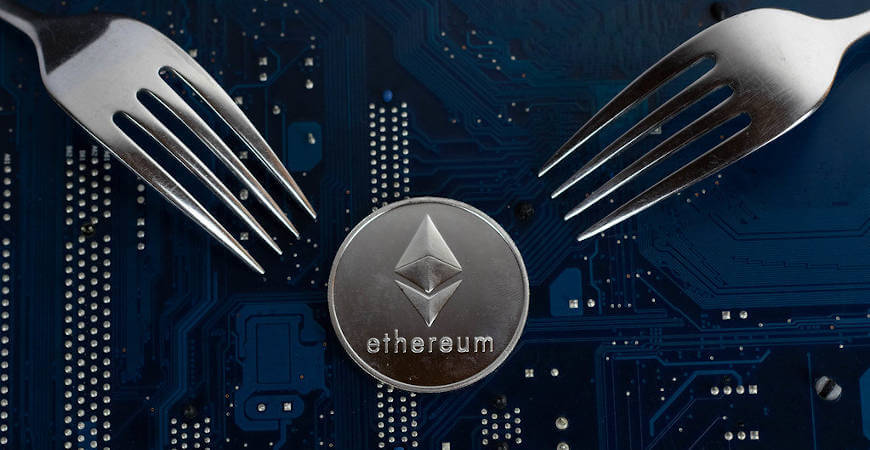
ETH2 will be launched in three important phases. The process will reduce the technical risk of breaking things. These three phases contain the roadmap with the following milestones:
Ethereum 2.0 Release – Phase 0
- Launch of the beacon chain including PoS validation
- ETH1 will still operate as normal
- Shipping Q2 or Q3 2020
ETH 2.0 Release – Phase 1
- Launch of shard chains including the allowance of storing data
- ETH1 might get merged into ETH2
- Shipping in 2021
ETH2 Release – Phase 2
- Enabling transaction processing on the shards
- ETH1 might finally be transitioned into ETH2
- Shipping early 2022
You might have noticed from the plan we discussed earlier that the launch of ETH2 raises some questions about the future of ETH1. We believe that they will keep progressing even after these three phases are completed.
ETHEREUM 2.0 PRICE EFFECT
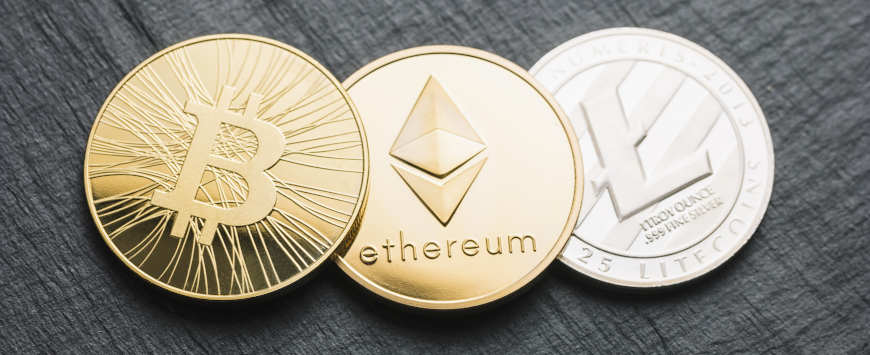
Some people believe that the updates are exactly what the world of cryptocurrencies needs. When Ethereum 2.0 is introduced with its improved scalability using layer-2 technology, it can address many important questions.
Scalability, in simple terms, means that Ethereum can handle more transactions, and this can lead to increased demand. This increased demand should, in theory, make the price of Ether (ETH) go up. When ETH2 and other improvements are fully integrated, the network could process up to 100,000 transactions per second.
This means that billions of people can use this blockchain more easily and efficiently. It also has the advantage of reducing transaction fees and making the network faster, although this is not guaranteed.
Furthermore, the community is taking a careful and gradual approach to strengthening the network. This approach is likely to have a positive impact on the long-term price of ETH, regardless of the short-term ups and downs that are common in the world of cryptocurrency.

Unlock Your Crypto Potential: Become a Market Maverick with Expert Coaching!
Are you ready to dive into cryptocurrency but need some advice? With our personalized 1:1 coaching, you’ll learn to:
Understand – the fundamentals of cryptos and how they impact value.
Navigate – through the volatile crypto market with confidence.
Identify – new lucrative opportunities that maximize returns.
Manage – exchanges and risk to protect your investments.
BOOK EXPERT COACHING NOWPhase 2: Sharding
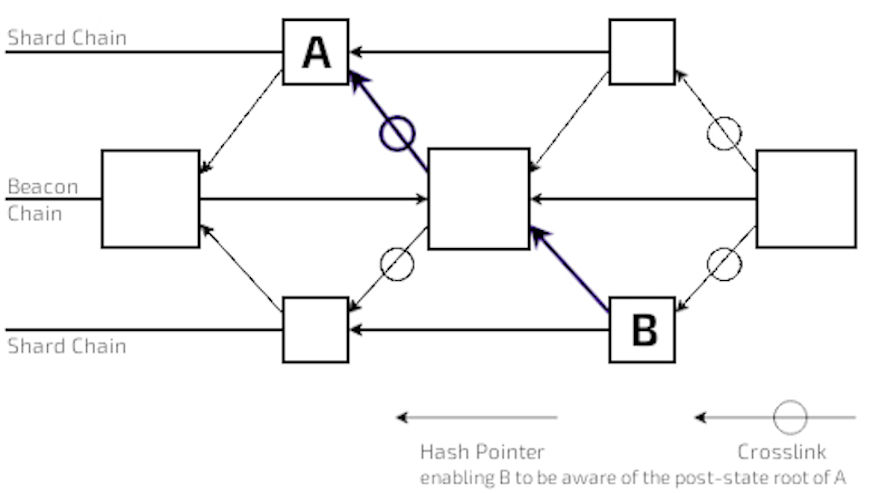
ETH2 is the latest version of its blockchain, and it comes with some big improvements. One of the most important changes is something called ‘sharding,’ which is like dividing a big puzzle into smaller, easier-to-solve pieces. In ETH2, sharding will make the network faster and able to handle more things at once. This means lots of transactions can happen at the same time without slowing things down. It’s great for developers who want to build cool apps, and it’ll make using the network cheaper and faster for everyone. Sharding on Ethereum will work together with layer 2 rollups, dividing the burden of handling large amounts of data needed by rollups over the entire network.
ETHEREUM 2.0 STAKING
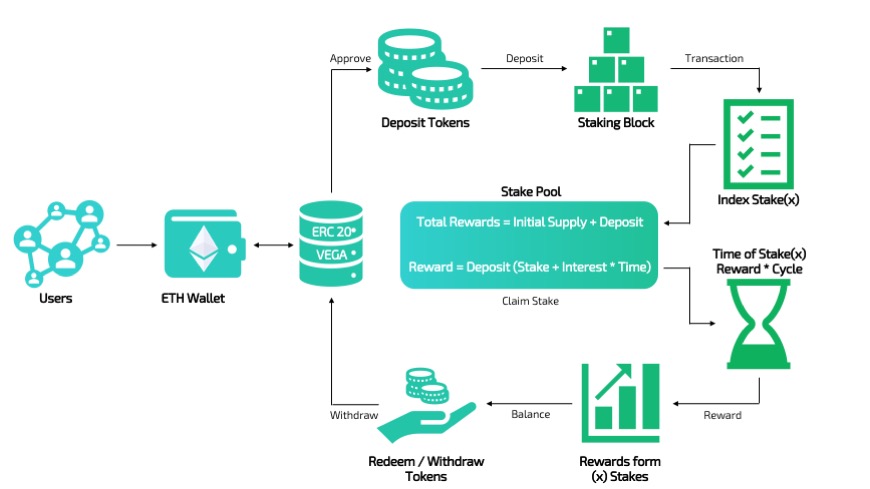
In November 2020, Ethereum introduced something called “staking rewards“. This is a way for people who have Ether coins to earn more of them over time. Let’s take a closer look at how this works.
The Basics of Staking ETH2
Before you can begin, you’ll need to do two things. First, you have to set up a validator node. Then, you’ll need to put some of your ETH tokens into a deposit. This is how you get permission to help create new blocks in the blockchain.
You should have at least 32 ETH to use for staking in ETH2. At the market price of $713 for each ETH, that amount of ETH was worth around $22,816. But if you don’t have that much, don’t worry! Smaller investors can team up and join staking pools to do the same thing.
Now, you might be wondering what you need to start mining with ETH2 and staking. Don’t worry; we’ll explain that next.
Ethereum 2.0 Mining
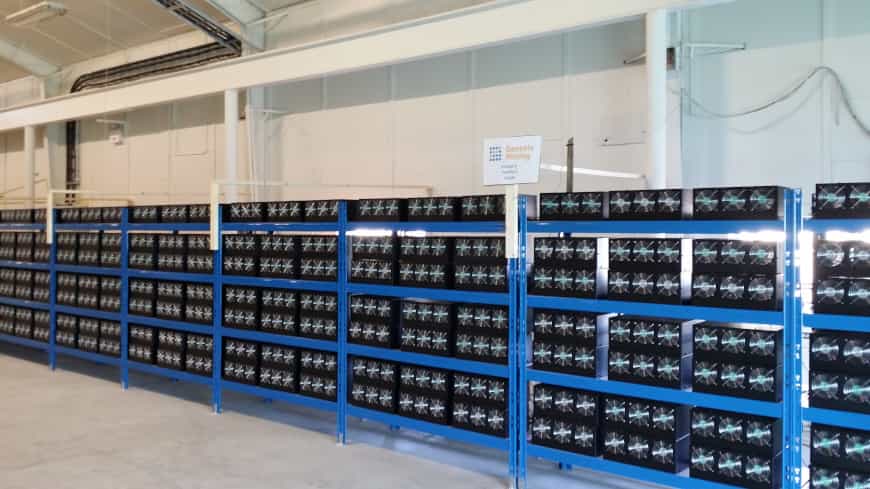
Ethereum mining has become much easier and simpler. Unlike Bitcoin mining, you don’t need expensive and powerful hardware or special devices. Most regular laptops can handle at least one validator slot.
The key is to stay connected to the internet 24/7. You need to be available at all times to confirm transactions. If you’re comfortable with technology, you can find step-by-step instructions on how to set up your own node. f you need more detailed guidance, you can always reach out to experts at iMi Blockchain.
With Ethereum 2.0 mining, you can withdraw your ETH (Ether) earnings. However, there’s a waiting period of at least 18 hours before you can do so.
One important thing to keep in mind when mining Ether is that if you don’t follow the rules as a validator, you may receive a penalty, which they call “slashing“. On the flip side, if you behave correctly, you can earn mining rewards. The system of rewards and penalties is quite different from traditional proof-of-work mining.
September 2023 Crypto Market Forecast

It’s September 2023, and exciting news is spreading in the world of cryptocurrencies about ETH2. This big update aims to make the Ethereum blockchain better in several ways, like making it faster, safer, and more eco-friendly. Because of this update, many experts believe that more people will want to use this blockchain, which could make the price of Ether, its digital currency, go up a lot. Also, since more new programs and things will be built on this, it’s likely that more people will want to invest in it and use it.
So, in summary, September 2023 seems like a bright time for Ether and the whole world of cryptocurrencies. The future for ETH2 looks promising, with significant developments like the deployment of Ethereum’s London hard fork and Ethereum Improvement Proposal 1559 (EIP-1559) in August 2021, which changed how transaction fees work on the network. EIP-1559 sees users who make a transaction on the network pay a base fee that’s burned instead of going to Ether miners, reducing the supply of ETH and placing deflationary pressure on the network.
Conclusion
We believe that Ethereum has a promising future ahead. While there are other blockchain technologies for creating smart contracts, Ethereum stands out because it has gained a lot of popularity.
Now that you’ve learned about Ethereum 2.0, you’re taking steps to make smart investment decisions in the tech world. Technology is changing rapidly, and it’s smart to get involved early because opportunities may not wait for those who delay.
Ether is similar in that regard, and its price can change significantly, leading to substantial gains for investors.
If you want to learn more about blockchain or have a one-on-one strategy discussion, feel free to reach out to us. We’re here to help with your questions and needs.
Learn Ethereum!
Ethereum Trainings in Small Classes
Webinars about DLT
DLT Courses at University Level
Free Ether Tips!
Get monthly tips on Ether investment.
On top you’ll get our free Blockchain beginners course. Learn how this technology will change our lives.
FAQ
Will ETH2 replace Ethereum?
No, not at all. The proof-of-work chain will continue to run. In parallel, you can use the proof-of-stake shard chains. The new ETH2 will take place and you’re able to transfer ETH from POW to POS using the shard chain.
How will ETH 2.0 affect price?
ETH 2.0 will affect the price for sure. The upgrade from POW to POS will increase the value for enterprise applications. Because of faster transactions and decreased costs, it will most likely increase the demand for Ethereum. The upgrade from ETH1 to ETH2 should have a very positive effect on tokens that are already deployed.
Is now a good time to buy Ethereum?
It’s always a good time to buy Ethereum. This technology is still young and new developments coming out daily. Therefore, the longer you wait the less you can win. Just be aware that all crypto assets are very volatile. Hence, only long-term investors should buy Ethereum.
Is Ethereum overvalued?
No, not at all. If you compare the market capitalization with other assets, such as shares, then you will realize that this is just the beginning. Furthermore, the technology behind Ethereum is still new. The more it will be used, the more value will Ether generate. Taking into consideration that ETH2 is just about to launch, more and more large enterprises and institutions will use the Ethereum network. Therefore, the value and its price will most likely increase.
Will Ethereum be replaced?
Ethereum with its POW network will not be replaced. The launch of Ethereum 2.0 with the new POS network will run in parallel. Furthermore, Ethereum as a public open-source project is backed by thousands of developers around the globe.
How to stake Ethereum?
Before you can start to stake Ethereum you need to run a validator node. Then you’ll have to lock up your ETH tokens in a deposit. You need at least 32 ETH to stake on Ethereum 2.0. If you are a small investor, you can join a staking pool.
How to set up an Ethereum Validator Node
Setting up an Ethereum Validator Node is a great way to support the Ethereum 2.0 network and earn rewards for doing so. To get started, you will need some technical knowledge and the right hardware and software. You will also need to stake a minimum of 32 ETH to become a validator and participate in consensus on the network. Once you have set up your node, you can start earning rewards.
Ethereum vs. Bitcoin
Ethereum and Bitcoin are two of the most popular cryptocurrencies in the world. While both digital currencies have similarities, there are also key differences between them. Ethereum is a platform for building decentralized applications (Dapps), while Bitcoin primarily serves as a digital store of value and a medium of exchange.
